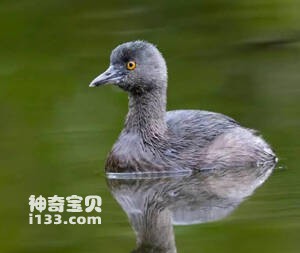
Tachybaptus dominicus
Tachybaptus dominicus,Least Grebe
The creta Grebe (Tachybaptus dominicus) is the smallest member of the Grebe ···

Rollandia rolland
Rollandia rolland,Podiceps rolland,White-tufted Grebe
Rollandia rolland, Podiceps rolland, or White-tufted Grebe, is a species of ···
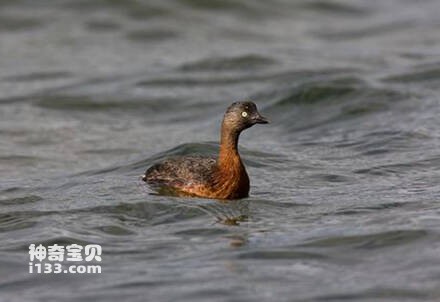
Poliocephalus rufopectus
Poliocephalus rufopectus,New Zealand Grebe
The New Zealand Grebe, Poliocephalus rufopectus, or New Zealand grebe, is a ···
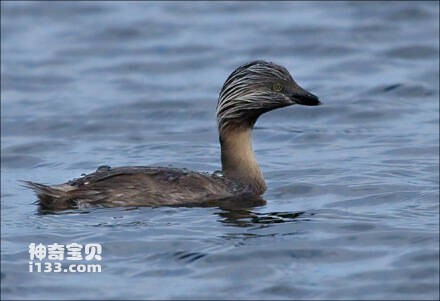
Poliocephalus poliocephalus
Poliocephalus poliocephalus,Hoary-headed Grebe
The grey-headed Grebe (Poliocephalus poliocephalus) is a member of the Grebe···
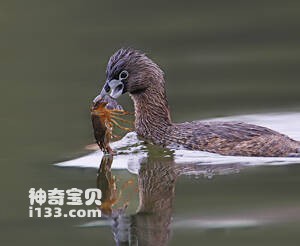
Podilymbus podiceps
Podilymbus podiceps,Pied-billed Grebe
The great Grebe (Podilymbus podiceps), known as Pied-billed Grebe, has three···
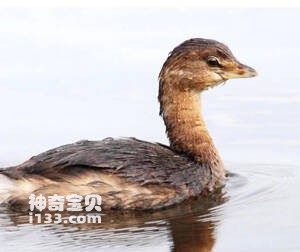
Atitlan Grebe
Atitlan Grebe,Podilymbus gigas
The great Grebe, Podilymbus gigas or Atitlan Grebe, is a giant, almost fligh···
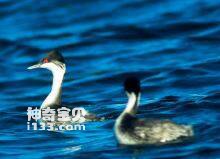
diceps taczanowskii
diceps taczanowskii,Junin Grebe,Junín Grebe,Puna Grebe
Peruvian Grebe (Podiceps taczanowskii) : Junin Grebe, Junin Grebe, Puna Greb···
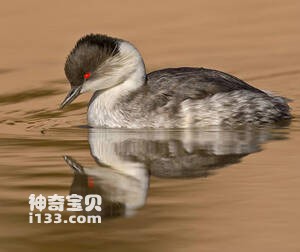
Silvery Grebe
Silvery Grebe,Podiceps occipitalis
Silvery Grebe (Podiceps occipitalis) has two subspecies.The silver grebe spe···
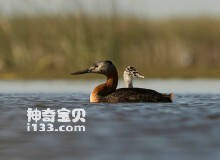
Podiceps major
Podiceps major,Great Grebe
The Great Grebe (Podiceps major) is the largest loon in the Grebe family.Gre···
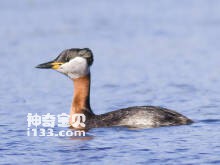
Podiceps grisegena
Podiceps grisegena,Red-necked Grebe
pit Grebe (scientific name: Podiceps grisegena) foreign language name Red-ne···
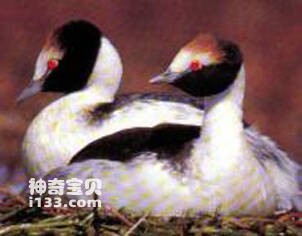
Podiceps gallardoi
Podiceps gallardoi,Hooded Grebe
The Argentine Grebe, known as Podiceps gallardoi or Hooded Grebe, is not goo···
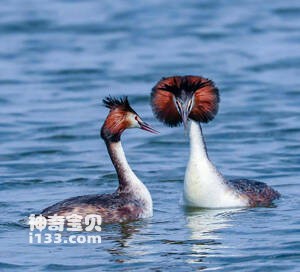
Podiceps cristatus
Podiceps cristatus,Great Crested Grebe
Great Crested Grebe (Podiceps cristatus) has three subspecies.The earliest m···

Podiceps auritus
Podiceps auritus,Horned Grebe,Slavonian Grebe
Horned grebe (pit) Podiceps auritus (foreign name Horned Grebe, Slavonian Gr···
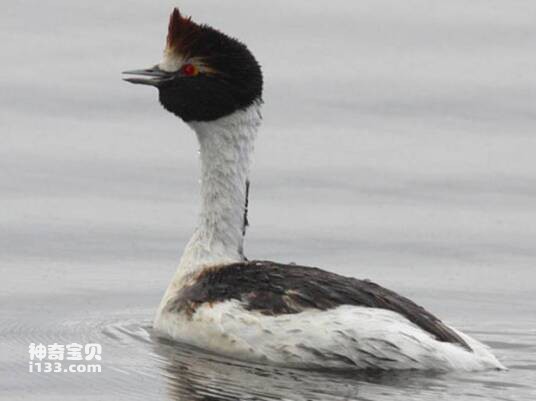
Podicepsandinus
Podicepsandinus
Colombian grebe Podiceps Andinus It's a grebe that lives in the eastern ···
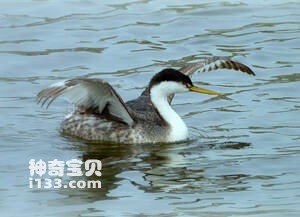
Aechmophorus occidentalis
Aechmophorus occidentalis,Western Grebe
The North American Grebe (Aechmophorus occidentalis), Western Grebe, has two···
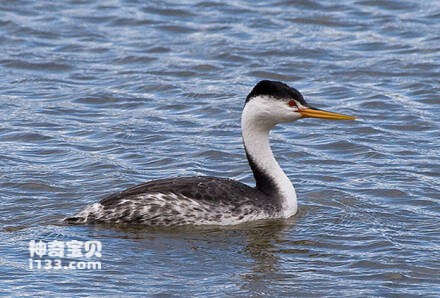
Aechmophorus clarkii
Aechmophorus clarkii
The Grebe is known as Aechmophorus clarkii and often lives in clusters. Not ···
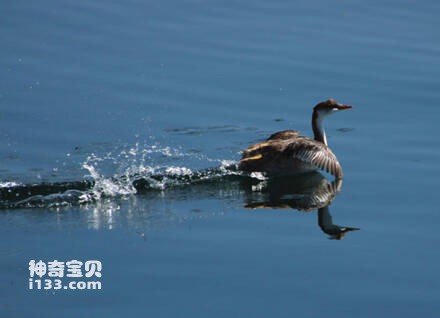
Rollandia microptera
Rollandia microptera,Titicaca Grebe
The short winged Grebe is Rollandia microptera and Titicaca Grebe. Not good ···
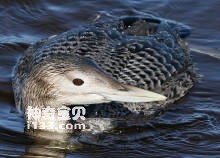
Gavia adamsii
Gavia adamsii,Yellow-billed Loon,White-billed Diver
The white-billed loon (Gavia adamsii) is a large waterfowl belonging to the ···
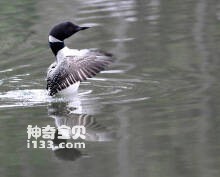
Gavia immer
Gavia immer,Colymbus immer immer,Common Loon
The Common Loon (Gavia immer) has no subspecies.Common loons are migratory s···
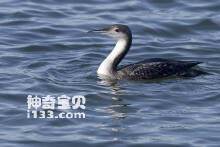
Gavia pacifica
Gavia pacifica,Pacific Loon
The Pacific Loon (Gavia pacifica) is a large water bird in the family Lobiid···
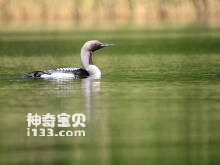
Gavia arctica
Gavia arctica,Arctic Loon,Black-throated Diver,Black-throated Loon
The Black-throated Loon (Gavia arctica) is a large waterfowl known as the Ar···
